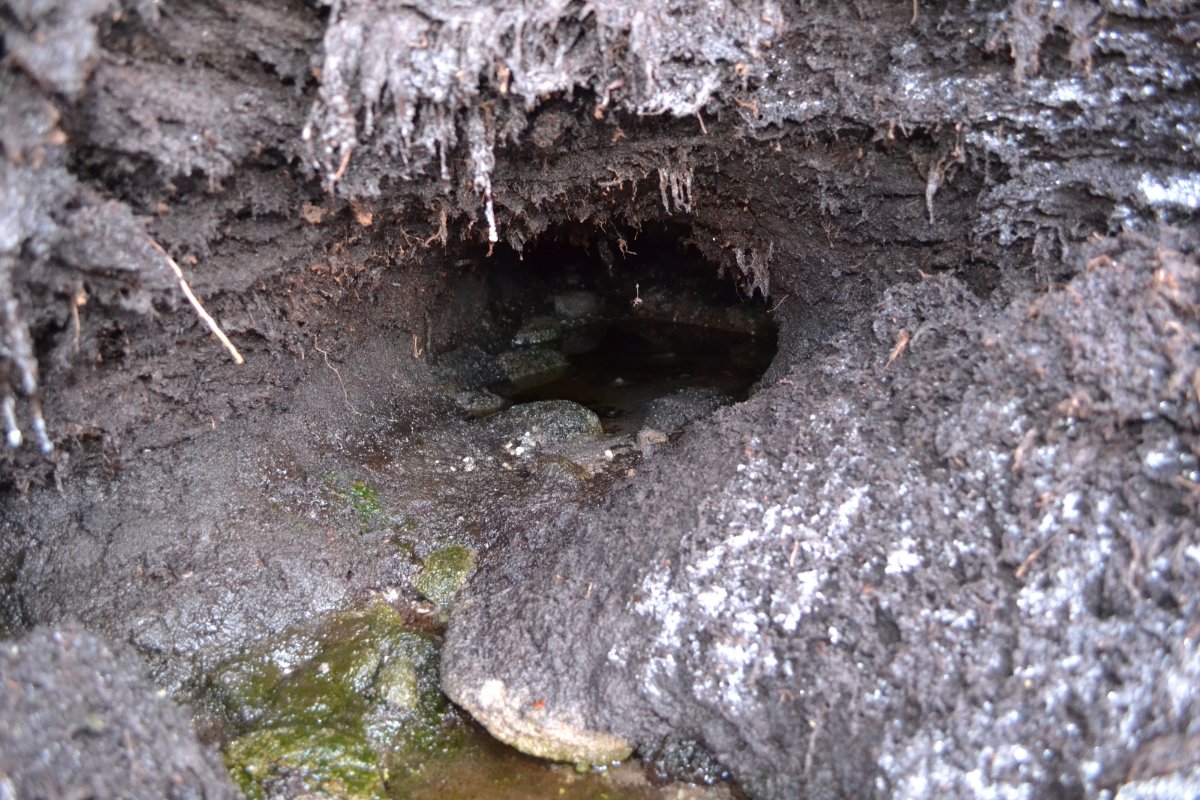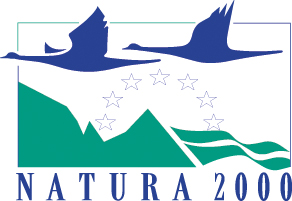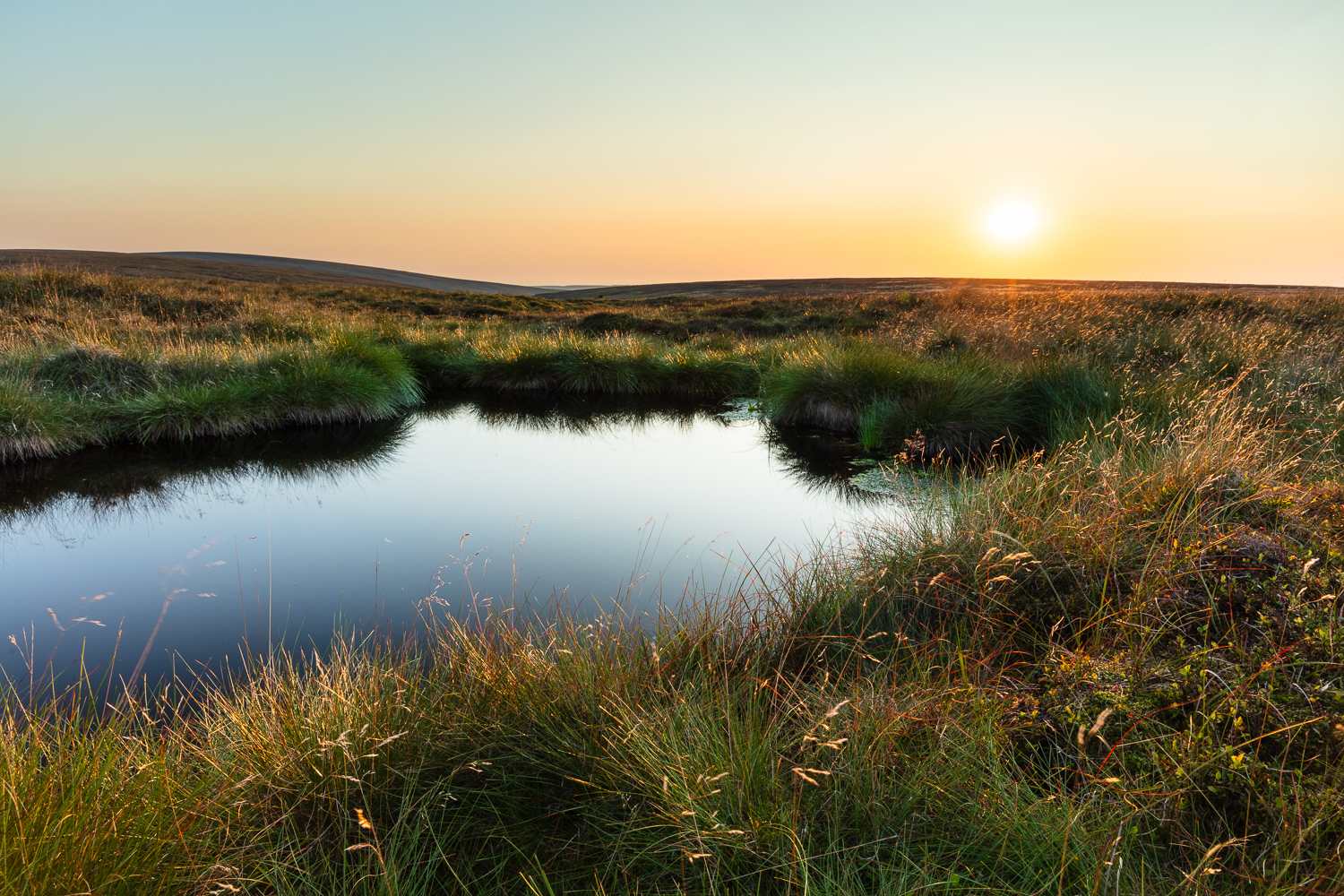
Investigating peat pipes
We’worked with a PhD student at the University of Leeds, to investigate the nature of peat pipes on blanket bogs, and how they contribute to erosion, water quality and flood risk.
What are peat pipes?
A peat pipe is an underground channel through the peat that water flows through.
Very little is defini tely known about how peat pipes form, or why they occur in the places they occur, or what effect they have on the peatlands they run through.
Specifically, we investigated the distribution of peat pipes in a degraded area (i.e. where they are, which is not obvious because they are underground). We also looked at the quality and flow of water out of a selection of the pipes, and finally the impact of blocking the same pipes.
Peat pipes may represent a significant land management issue on blanket bog. Apart from influencing the quality and flow of water off the bog, they may also contribute to low water table levels as they provide an escape route for water (healthy blanket bog has a high water table with water levels close to the surface). By researching the effectiveness of blocking peat pipes, the PhD project aimed to produce best practice guidance for land managers.
A summary of the findings is as follows:
The aim of the research was to show the character and distribution of peat pipes in a typically degraded Peak District blanket bog and also to provide evidence for the effects of blocking pipes in terms of hydrology and the transport of fluvial carbon.
- The research showed that most pipe outlets were found on south-west and west facing gully banks.
- Pipe outlets at the head of small inlets into the gully sides (‘head’ pipes):
- were found shallower in the peat profile than those on uniform, straight-sided gully banks (‘edge’ pipes)
- produced greater water flow, providing substantial and greater cumulative contributions to streamflow compared to edge pipes
- exported more carbon (in the form of DOC and POC) compared to edge pipes and also compared to other published studies based in more intact blanket bog habitats.
- Blocking of pipe outlets did not result in a reduction of stream flow or associated fluvial carbon export in streams and appeared to exacerbate pipe redevelopment.
- Future restoration work aimed at minimising the effects of pipes should focus on limiting surface run-off inputs to pipe networks (by re-vegetation and bunding, for example), and also by re-vegetation of bare peat on gully sides to reduce desiccation and associated cracking, leading to pipe formation.
Reports
Peat Pipe Research on Blanket Bog Synthesis and Management Guidance
Additional reports and papers relating to this topic can be found here
You may also be interested in...
Funded by


